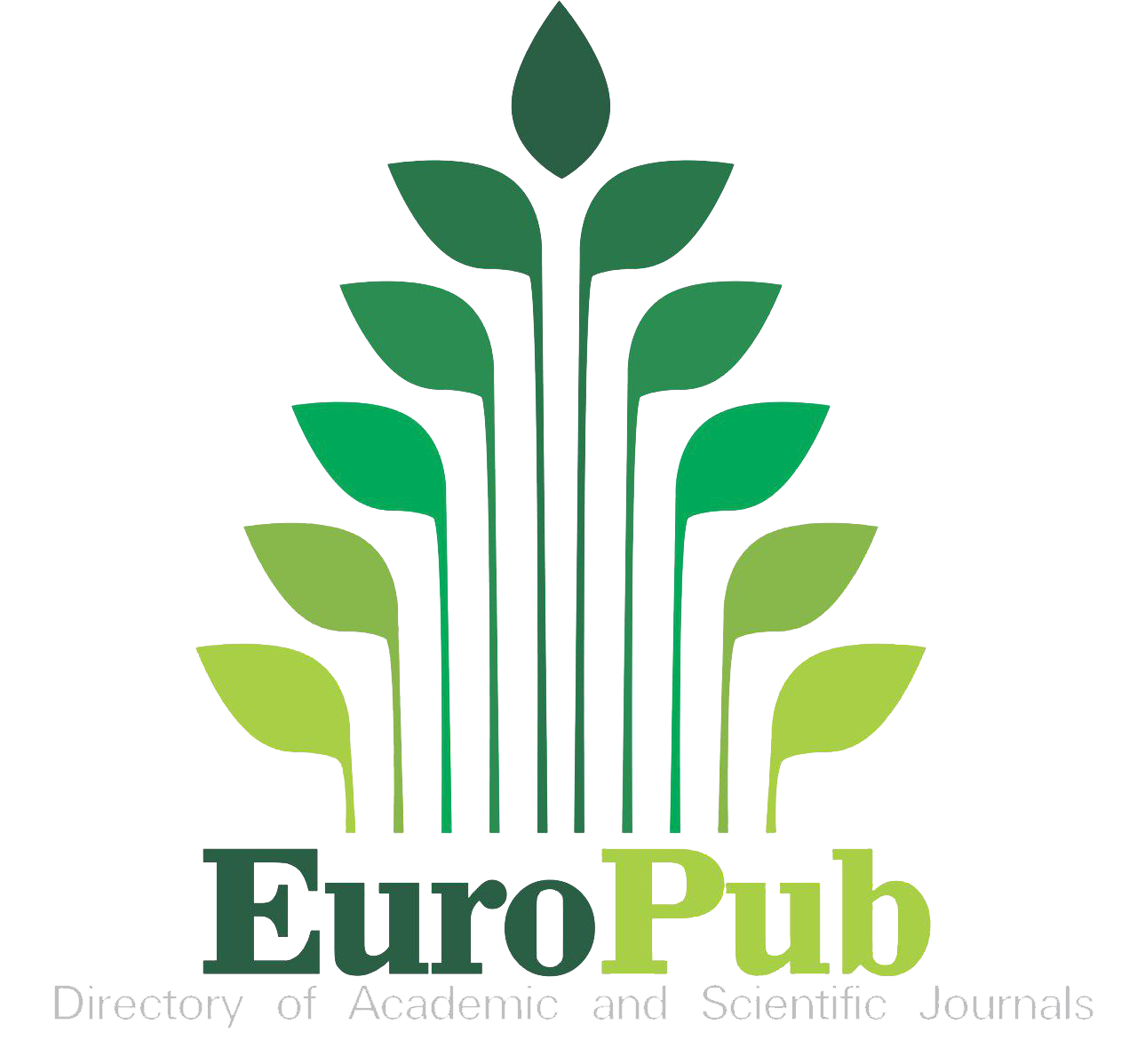Developing English learning material for grade 4 students
DOI:
https://doi.org/10.56724/ladu.v2i6.144Keywords:
book development, learning materials, elementary school, research and developmentAbstract
Background: A task of a teacher or an educator is to create a pleasant learning atmosphere or situation for students. This situation can be realized by doing fun learning by compiling fun teaching materials as well.
Purpose: To overcome these problems, it is deemed necessary to renew the development of appropriate teaching materials.
Design and methods: This research method is Research and Development (R&D). This research was conducted at SDN Ciomas 3 Bogor. The developing teaching materials for the English language module uses the research and development method of 4D learning tools which consists of 4 stages, namely define, design, develop, and disseminate. Data analysis techniques in this study used quantitative data and qualitative data. Qualitative data were obtained based on input, suggestions, assessments carried out by two experts, namely material and media experts, English teachers, and students. Then the quantitative data is based on a closed-ended questionnaire that has been compiled to determine the quality of the developed product, namely the English Language Module teaching materials.
Results: The results of the product trial design were supervisors, material experts and media experts and the subjects tried 3 teachers and 38 students. the results of this study are the English Language Module for class IV which contains 5 material and has obtained very good quality based on the validation value of the material experts scored 69 or 92% from maximum value of 75, validating media experts with a score of 70 or 93% from a maximum value of 75 assessment by 3 teachers with a total score of 445 or 98.8% from a maximum value of 450, and the actual field trial for students with a total score of 1854 or 97.57% from a maximum value of 1900 with the results explained, the English module teaching materials are very suitable to be used as a supporting book for learning English in Grade IV Elementary School.
Downloads
References
Adomako, S., Amankwah-Amoah, J., Danso, A., Danquah, J. K., Hussain, Z., & Khan, Z. (2021). R&D intensity, knowledge creation process and new product performance: The mediating role of international R&D teams. Journal of Business Research, 128, 719–727. https://doi.org/10.1016/j.jbusres.2019.08.036 DOI: https://doi.org/10.1016/j.jbusres.2019.08.036
Ayu, M. (2020). Online Learning: Leading e-Learning at Higher Education. The Journal of English Literacy Education: The Teaching and Learning of English as a Foreign Language, 7(1), 47–54. https://doi.org/10.36706/jele.v7i1.11515 DOI: https://doi.org/10.36706/jele.v7i1.11515
Bustinza, O. F., Gomes, E., Vendrell-Herrero, F., & Baines, T. (2019). Product-service innovation and performance: the role of collaborative partnerships and R&D intensity. R&D Management, 49(1), 33–45. https://doi.org/10.1111/radm.12269 DOI: https://doi.org/10.1111/radm.12269
Djamas, D., Tinedi, V., & Yohandri. (2021). Development of Interactive Multimedia Learning Materials for Improving Critical Thinking Skills. In Research Anthology on Developing Critical Thinking Skills in Students (pp. 507–525). IGI Global. https://doi.org/10.4018/978-1-7998-3022-1.ch026 DOI: https://doi.org/10.4018/978-1-7998-3022-1.ch026
Gall, M. D., Gall, J. P., & Borg, W. R. (2003). Educational Research: An Introduction. Pearson Education.
Korfiatis, N., García-Bariocanal, E., & Sánchez-Alonso, S. (2012). Evaluating content quality and helpfulness of online product reviews: The interplay of review helpfulness vs. review content. Electronic Commerce Research and Applications, 11(3), 205–217. https://doi.org/10.1016/j.elerap.2011.10.003 DOI: https://doi.org/10.1016/j.elerap.2011.10.003
Portelli, A. (2017). Oral History As Genre. In Narrative & Genre (pp. 23–45). Routledge. https://doi.org/10.4324/9781315125008-2 DOI: https://doi.org/10.4324/9781315125008-2
Sugiyono. (2019). Metode Penelitian Kuantitatif, Kualitatif, dan R&D. Alfabeta.
Downloads
Published
How to Cite
Issue
Section
License
Copyright (c) 2022 Widanti Utami, Mega Febriani Sya, Arif Hidayat

This work is licensed under a Creative Commons Attribution 4.0 International License.
Authors who publish with this journal agree to Copyright notice.














